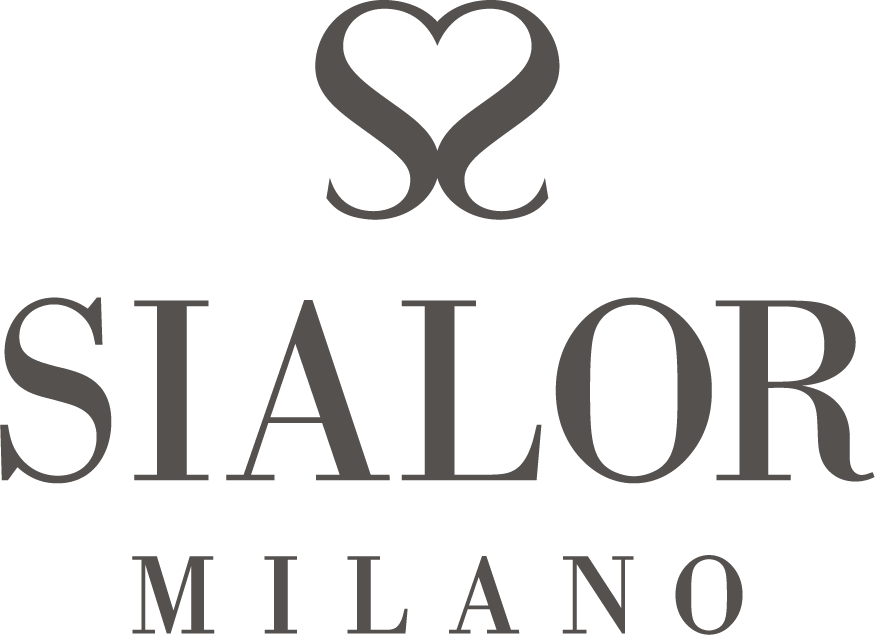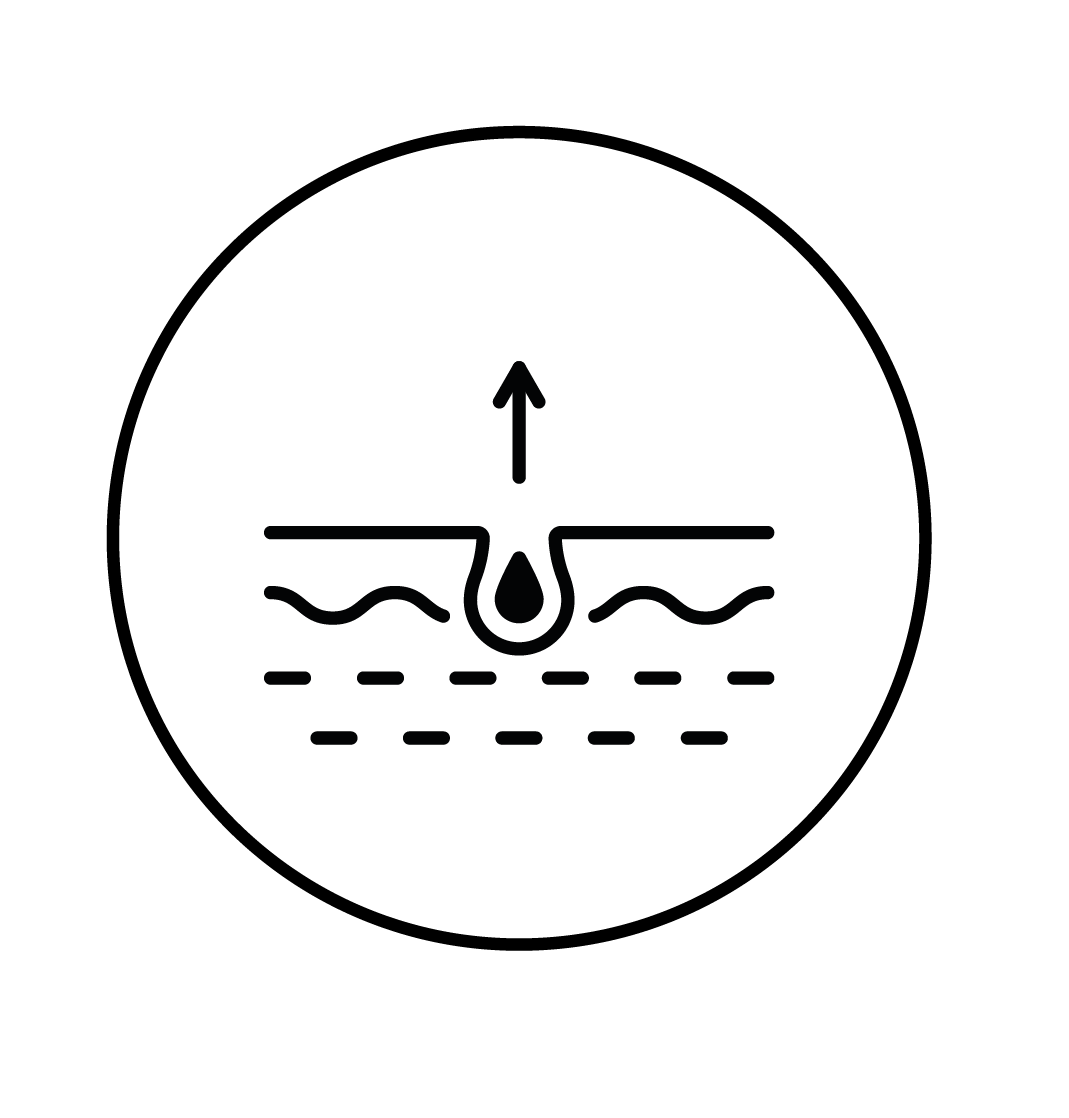What is INCI and how to read it? Guide to the conscious choice of a good skincare product.
What are the cosmetic products we buy made up of? Reading the label on the packaging of cosmetics – face creams, body creams, shampoos and much more – we can identify a long list of ingredients, most of the time incomprehensible. Here, this is the INCI !
Often the choice of a cosmetic product is influenced by advertising and, above all, by influencer marketing. Precisely for this reason, knowing how to decipher that infinite list of unknown words is very important for an extremely conscious choice of what you are buying. Does the product really contain the ingredients that have been declared? Is it suitable for my skin? Can it cause irritation or allergies? Is it good for the environment? If you want to answer these questions, the time has come to learn how to read the INCI.
In this article you will find a series of useful tools to interpret almost all labels quickly and easily.
What is INCI
The INCI nomenclature is an International acronym that stands for International Nomenclature Cosmetic Ingredients. That is, code that obligates all cosmetic manufacturers in the ‘ European Union to share in a standardized manner all substances used in descending order.
The INCI code born in 1997, was introduced precisely for protect consumers from marketing and greenwashing practices, encouraging a conscious purchase Of cosmetic products on the market and preventing allergies or damage on the environment. In fact, within cosmetics we can find, in addition to active ingredients, other substances that could be irritating and/or carcinogenic if in contact with the skin. They could also harm the environment if they do not comply with the limits considered “acceptable”.
Knowing how to read the INCI is essential to understand if a product is of quality and if it is suitable for your skin type.
How to read INCI cosmetics
The INCI nomenclature is not written randomly, by law the ingredients must be ordered in descending order up to a weight of 1%, a percentage beyond which the ingredients can be inserted in random order. For example, phenoxyethanol is a preservative with an antimicrobial action and effective against the proliferation of yeasts and moulds, which is why it is widely used in cosmetics. However, it can be irritating to skin and eyes and not be safe if used in contact with lips and mouth, therefore the EEC legislation on cosmetic products allows its use up to a maximum concentration of 1%. Now you know that by finding this ingredient in the INCI, all those below are contained in a smaller percentage.
However, the inci table does not show the exact percentage of each ingredient… why? This is because there is a factory secret and knowing the exact percentage would make the formulas easily imitable.
It is usually advisable to focus on the first ingredients on the list, i.e. those used in the highest percentage. As a rule, water is the ingredient that underlies most cosmetics and for this reason we can find it first.
What language does the INCI speak?
The most used languages within the inci codes:
- LATIN: if the name of the ingredient is in Latin (botanical name) it means that it has been inserted into the cosmetic in a natural form, it has therefore not undergone any chemical transformation.
- LATIN AND ENGLISH: Sometimes we can find ingredients written in Latin with an English word next to them such as “leaf”. These are natural derivatives of the raw material.
- ENGLISH: used to indicate ingredients that have undergone a chemical process.
- NUMBER CODE: Synthetic ingredients such as dyes that follow the international list called “Colour Index“.
Useful online tools to analyze the INCI quickly and easily
As mentioned above, knowing how to read the inci is not that simple. Below I will list you a number of reliable and functional websites and apps that facilitate this task.
The best known are BioDictionary and INCI Beauty:
- BioDictionary: tool that classifies ingredients using a sort of “traffic light” (2 green dots = beneficial/certainly harmless; 1 green dot = harmless; 2 yellow dots = acceptable/to be verified; 1 red dot = harmful; 2 red dots = unacceptable )
- INCI Beauty: is an app that allows you to scan the barcode of the product you want to analyze and assign a score on the cosmetic from 1 to 20. Furthermore, each substance is marked with a flower which can be red, yellow or green. By clicking on each substance it is also possible to discover all its characteristics and in which product it is most used.
These tools have a limitation: absolutely classifying an ingredient. In fact, some ingredients such as essential oils might be marked YELLOW not because they are harmful (they have multiple beneficial effects) but because they might trigger allergic reactions. In fact, it is up to the skill of the formulator to dose all the ingredients in the best way.




